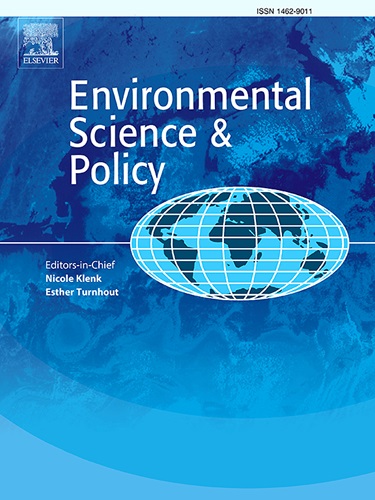欧洲环境署对欧洲水域发现的不同农药去除技术进行了审查
IF 5.2
2区 环境科学与生态学
Q1 ENVIRONMENTAL SCIENCES
引用次数: 0
摘要
农药在农业中的广泛使用导致了人们对整个欧洲水污染的日益关注。虽然检测到的许多农药残留低于欧盟饮用水指令规定的最大残留水平(单一物质为0.1 µg/L),但有几种化合物的报告一直高于这些限值,表明对环境和人类健康存在潜在风险。2024年2月,欧洲环境署(EEA)确定了四种农药:吡虫啉、甲草胺、阿特拉津和苯达酮,在大量监测点被列为超过监管阈值的物质。强调需要新的清除技术来捕获这些持久性农药。本文综述了过去十年来的94项研究,研究了广泛的去除方法,包括吸附剂和生物吸附剂、高级氧化工艺(AOPs)、电化学氧化和生物方法。特别注意的是去除性能,操作可行性,并符合法规限制。目前,AOPs和电化学氧化提供了最有希望的结果,有几项研究表明完全去除目标农药,包括最终浓度符合欧盟的MRL。本文章由计算机程序翻译,如有差异,请以英文原文为准。
A review of different removal techniques for pesticides found in European waters identified by the European Environmental Agency
The widespread use of pesticides in agriculture has led to increasing concern over the contamination of water across Europe. Although many pesticide residues are detected below the maximum residue level (MRL) set by the EU Drinking Water Directive (0.1 µg/L for single substances), several compounds have been consistently reported above these limits, indicating potential risks to both environmental and human health. In February 2024, the European Environmental Agency (EEA) identified four pesticides: imidacloprid, metolachlor, atrazine, and bentazone, as substances exceeding regulatory thresholds at a significant number of monitoring sites. Highlighting the need for new removal techniques that can trap these persistent pesticides. This review explores 94 studies from the past decade, investigating a wide range of removal methods including adsorbents and biosorbents, advanced oxidation processes (AOPs), electrochemical oxidation, and biological approaches. Particular attention is given to removal performance, operational feasibility, and compliance with regulatory limits. As it stands, AOPs and electrochemical oxidation currently offer the most promising results, with several studies demonstrating complete removal of targeted pesticides, including final concentrations compliant with the EU’s MRL.
求助全文
通过发布文献求助,成功后即可免费获取论文全文。
去求助
来源期刊

Environmental Science & Policy
环境科学-环境科学
CiteScore
10.90
自引率
8.30%
发文量
332
审稿时长
68 days
期刊介绍:
Environmental Science & Policy promotes communication among government, business and industry, academia, and non-governmental organisations who are instrumental in the solution of environmental problems. It also seeks to advance interdisciplinary research of policy relevance on environmental issues such as climate change, biodiversity, environmental pollution and wastes, renewable and non-renewable natural resources, sustainability, and the interactions among these issues. The journal emphasises the linkages between these environmental issues and social and economic issues such as production, transport, consumption, growth, demographic changes, well-being, and health. However, the subject coverage will not be restricted to these issues and the introduction of new dimensions will be encouraged.
 求助内容:
求助内容: 应助结果提醒方式:
应助结果提醒方式:


